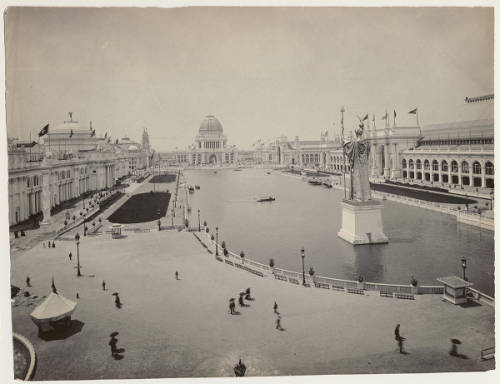The World's Columbian Exposition of 1893: Introduction
Intended to commemorate the 400th anniversary of Christopher Columbus’ arrival in the Americas, the World’s Fair: Columbian Exposition (also known as the World’s Columbian Exposition and the Chicago World’s Fair) in 1893 catapulted Chicago onto the world stage. Visitors from all across America, and indeed the world, traveled to the city to take in the Fair’s sights and marvel at the wonders of the “White City”. Opening just 22 years after the devastating Great Chicago Fire of 1871, the World’s Columbian Exposition aimed to convey the impression of a city poised at the forefront of science, art, and invention as the dawn of the 20th century hurtled ever closer. The World’s Columbian Exposition would impact the city for decades to come, even earning a coveted place on the modern official Chicago flag as one of four red stars. As the grounds of the Fair altered the physical landscape of the city, the ideas and innovations of the Fair would influence the course of the United States as it headed into the new century.

